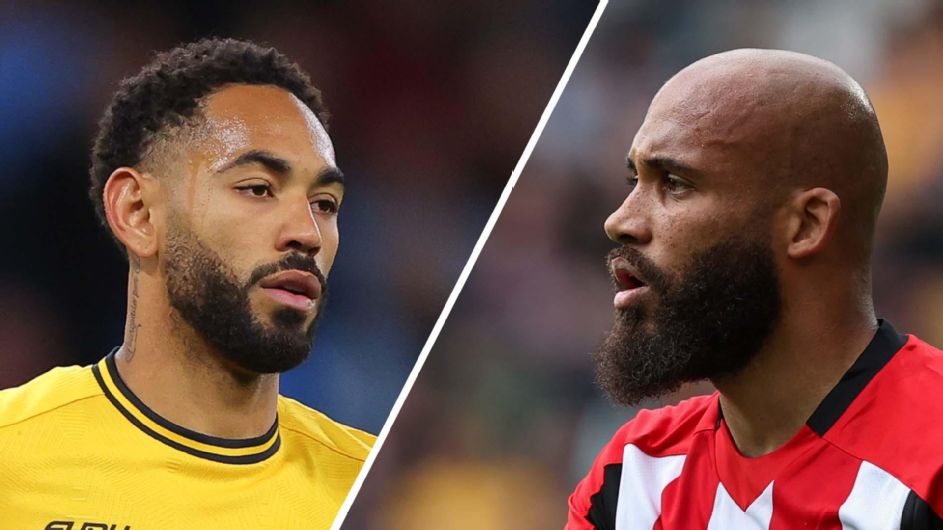The summer transfer window of 2025 witnessed a seismic shift in player valuations, largely instigated by Manchester United’s early acquisition of Matheus Cunha. This singular transaction, completed for a reported £62.5 million, inadvertently set a pivotal benchmark that recalibrated how top clubs approached their subsequent dealings in the fiercely competitive Premier League transfer market.
United’s proactive move on June 2, activating Cunha’s release clause and agreeing to payment in installments, was intended to give them an advantage in their squad rebuild. Despite occurring before the traditional peak of transfer activity, this swift action unknowingly cast a long shadow, influencing an entire season of high-stakes negotiations across England’s top flight.
The immediate ripple effect was evident as six high-profile attacking talents moved within the Premier League, all settling into a remarkably consistent price bracket between £50 million and £60 million. It became increasingly clear that United’s early commitment to Cunha had established a new “going rate” for comparable players, fundamentally altering the perceived value of offensive assets.
A prime example of this benchmarking was seen in the protracted negotiations for Bryan Mbeumo’s move. Despite Mbeumo possessing only a year left on his contract, his selling club explicitly referenced Cunha’s transfer as a baseline, ultimately rejecting lower offers until a £66 million initial fee, rising to £71 million, was met. This significantly inflated valuation highlighted the profound impact of Cunha’s deal, leading to raised eyebrows across the football landscape.
Similarly, Sporting Lisbon’s president, Frederico Varandas, openly acknowledged leveraging the Cunha and Mbeumo transfers to bolster the asking price for star striker Viktor Gyökeres. Despite age and contract nuances, the established benchmarks allowed Sporting to demand a fee in the region of £64 million, guiding the eventual £54 million deal for Gyökeres to Arsenal.
This consistent pricing trend continued with players like Noni Madueke, who joined Arsenal for a fee almost identical to Cole Palmer’s move to Chelsea. Despite differences in age, experience, and perceived ability, the agreements suggested a pragmatic adherence to the newly established market rates, with clubs seemingly content to operate within this defined price band.
Beyond the £50m-£60m bracket, the market’s upper echelons were similarly influenced. Liverpool’s club-record signing of Florian Wirtz for an initial £100 million recalibrated the very top end of the market, serving as a powerful reminder of the Premier League’s unparalleled spending power and pushing the boundaries of what clubs were willing to pay for elite talent.
This new ceiling created by Wirtz subsequently impacted transfers like that of striker Hugo Ekitike, whose move to Liverpool for £69 million, potentially rising to £79 million, placed him precisely between the Cunha and Wirtz benchmarks. Ekitike, after just one decent goal-scoring season, became a new reference point, influencing the high valuations placed on players like Nicolas Jackson and Benjamin Sesko, who now command similar astronomical figures.
While the practice of benchmarking player transfer fees is not new in football, the clarity and candidness with which Matheus Cunha’s Manchester United deal was referenced by other clubs across the summer window set a remarkable precedent. It undeniably served as a foundational pivot, shaping the financial landscape and guiding spending patterns for an entire league in an unprecedented manner.






Leave a Reply